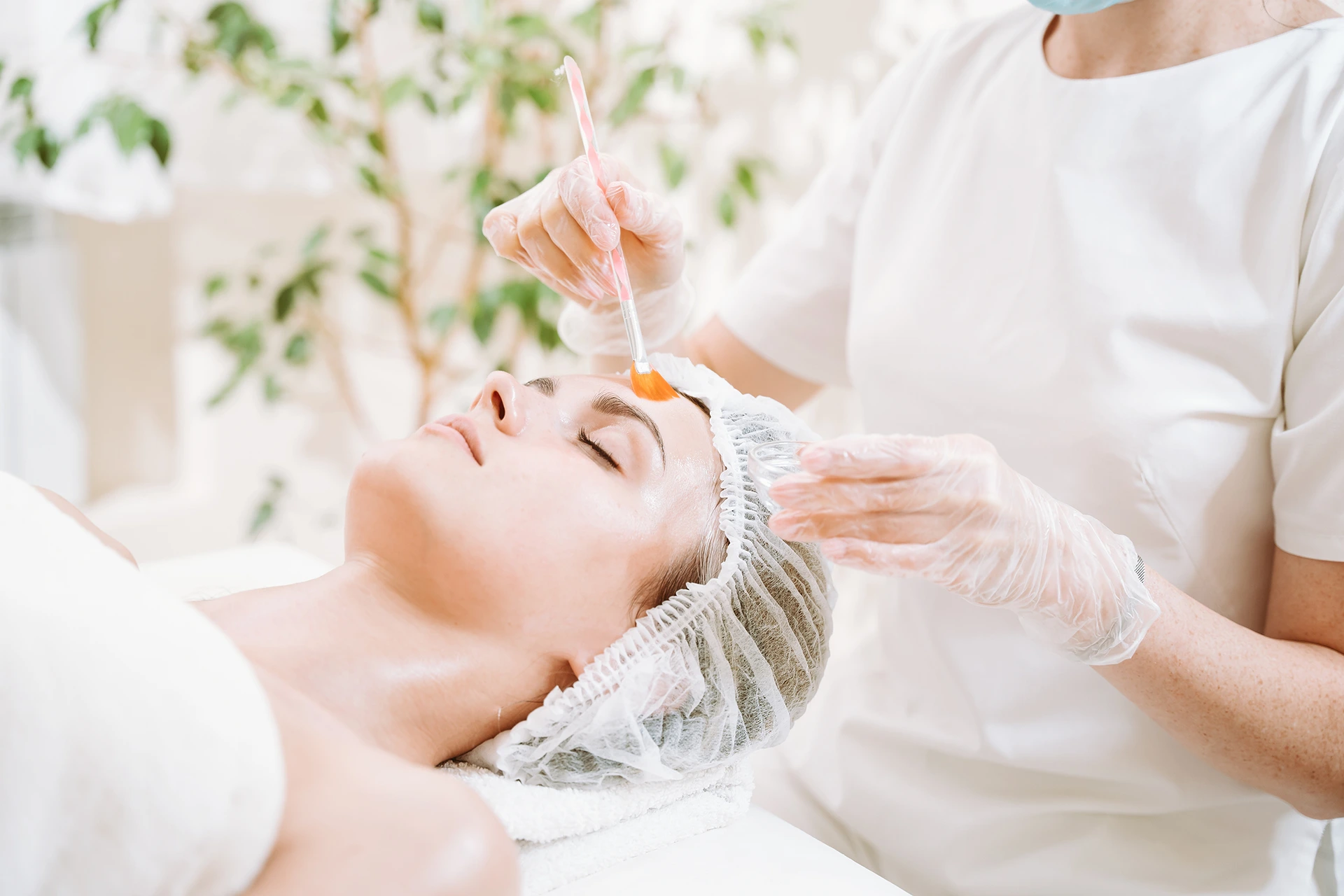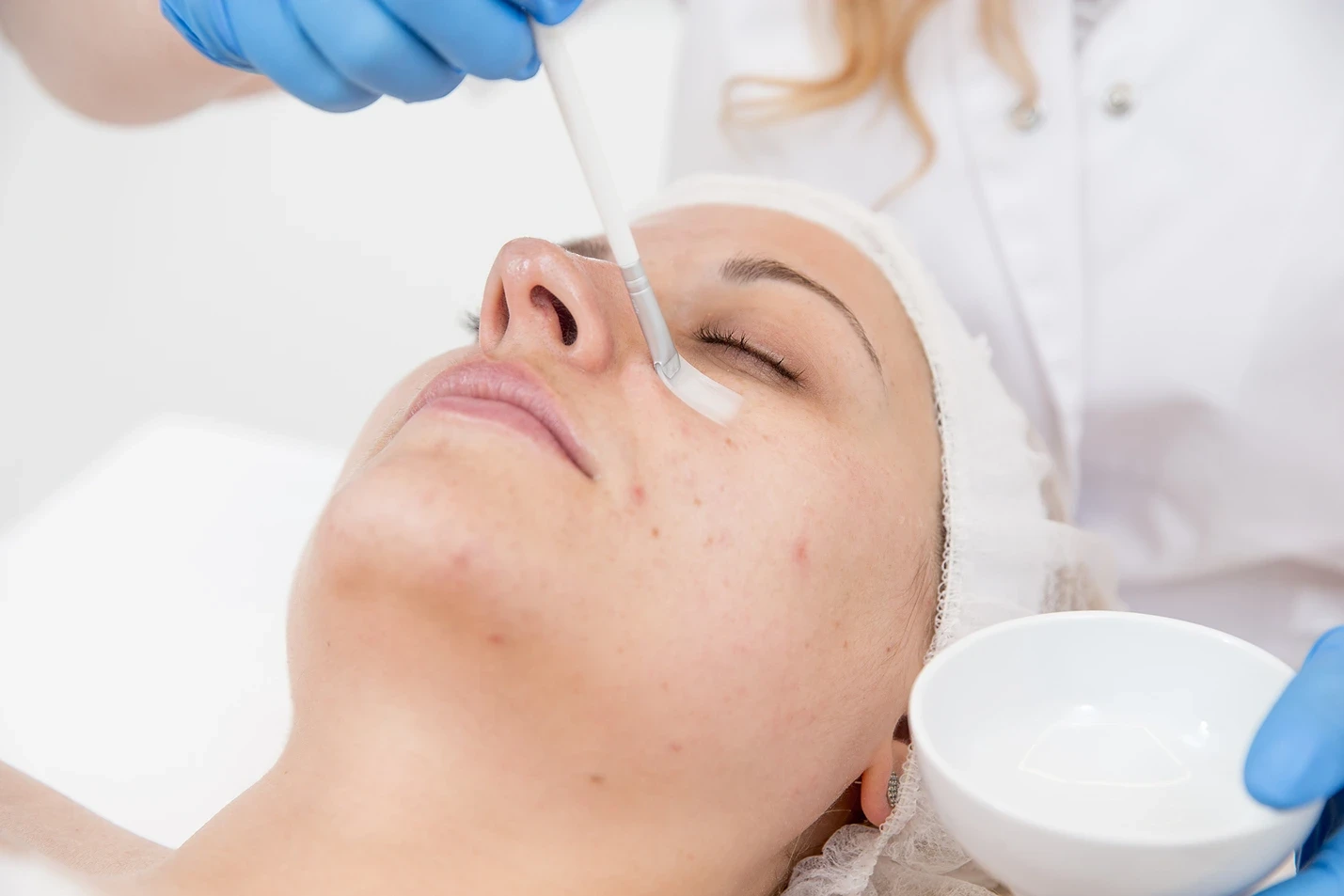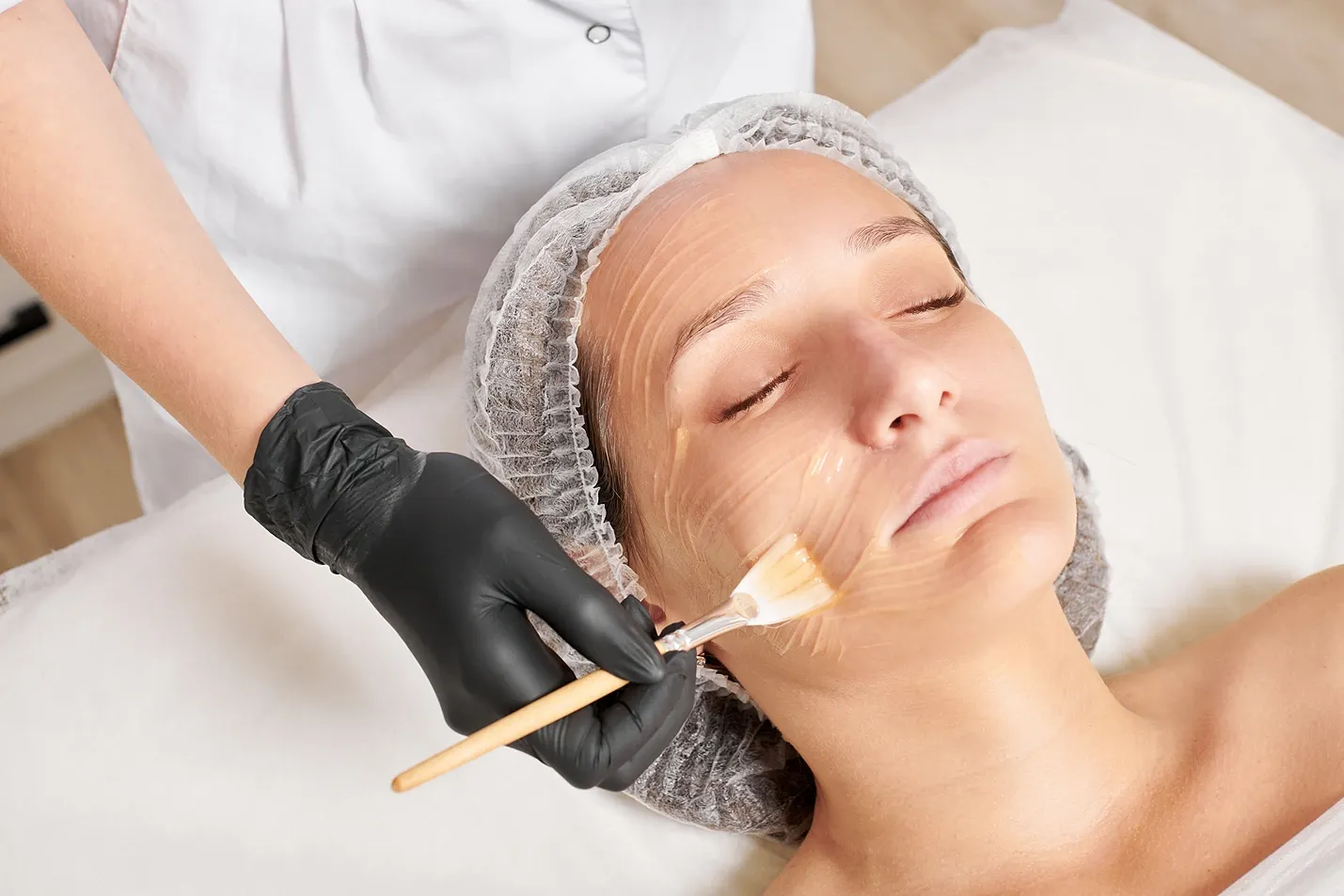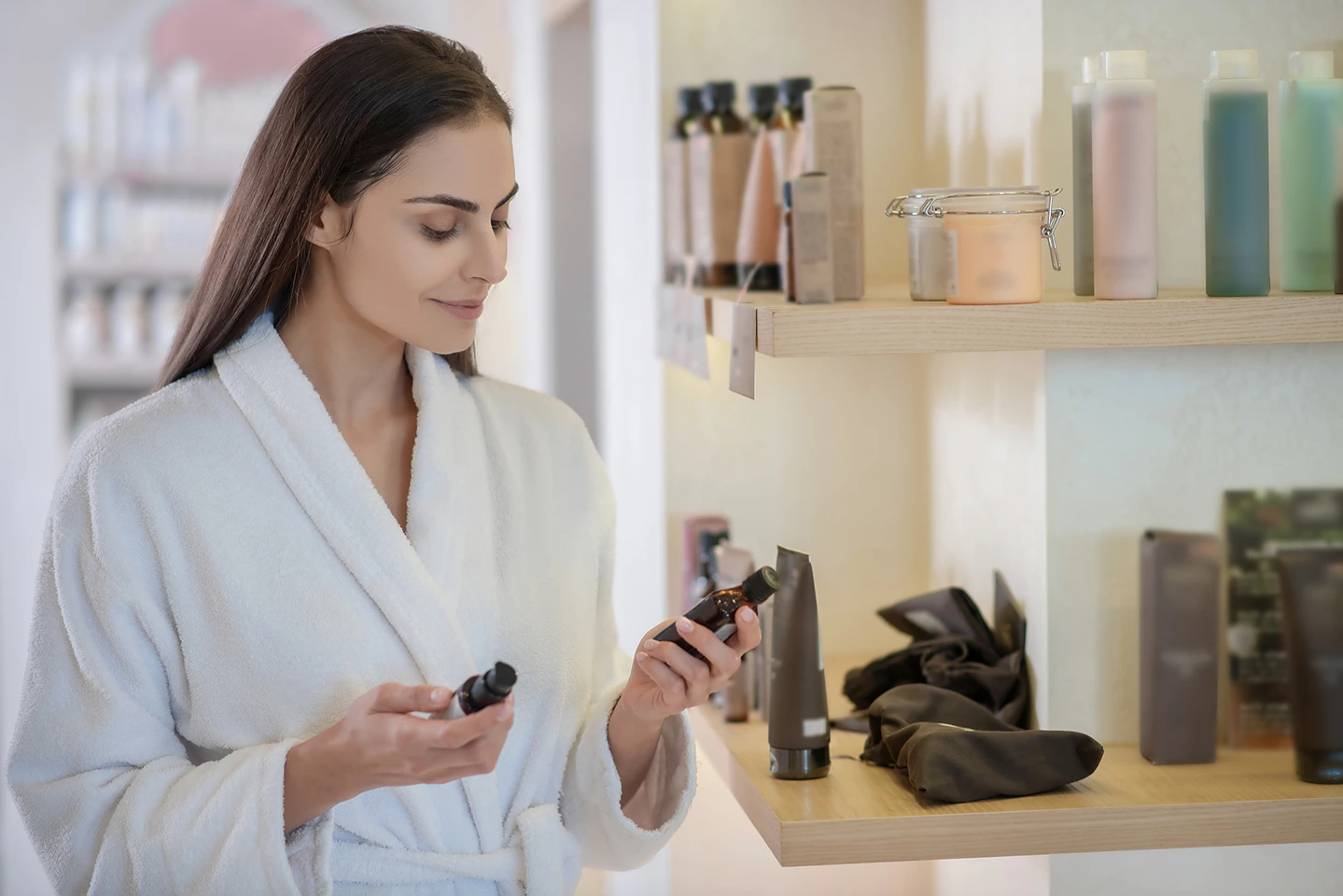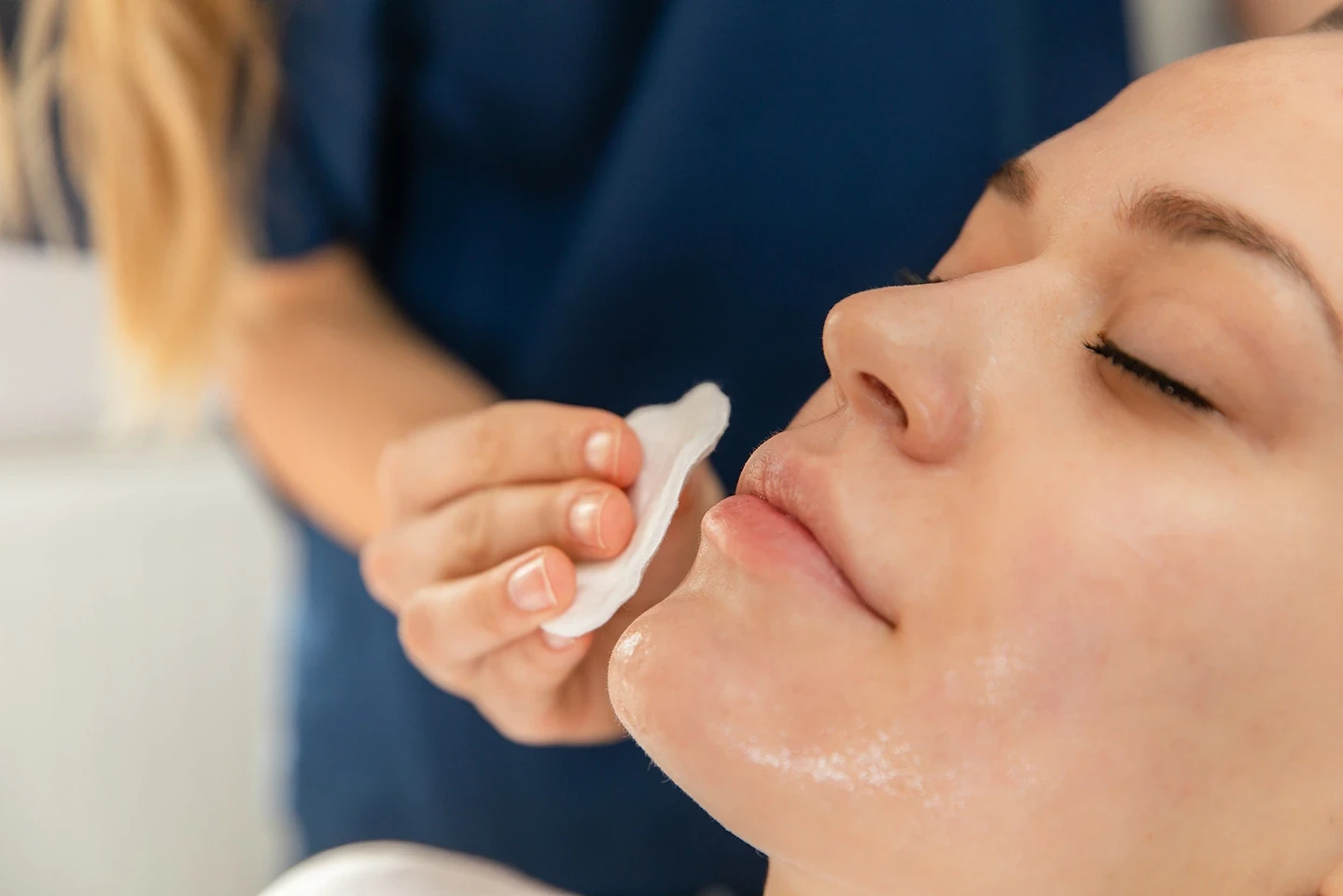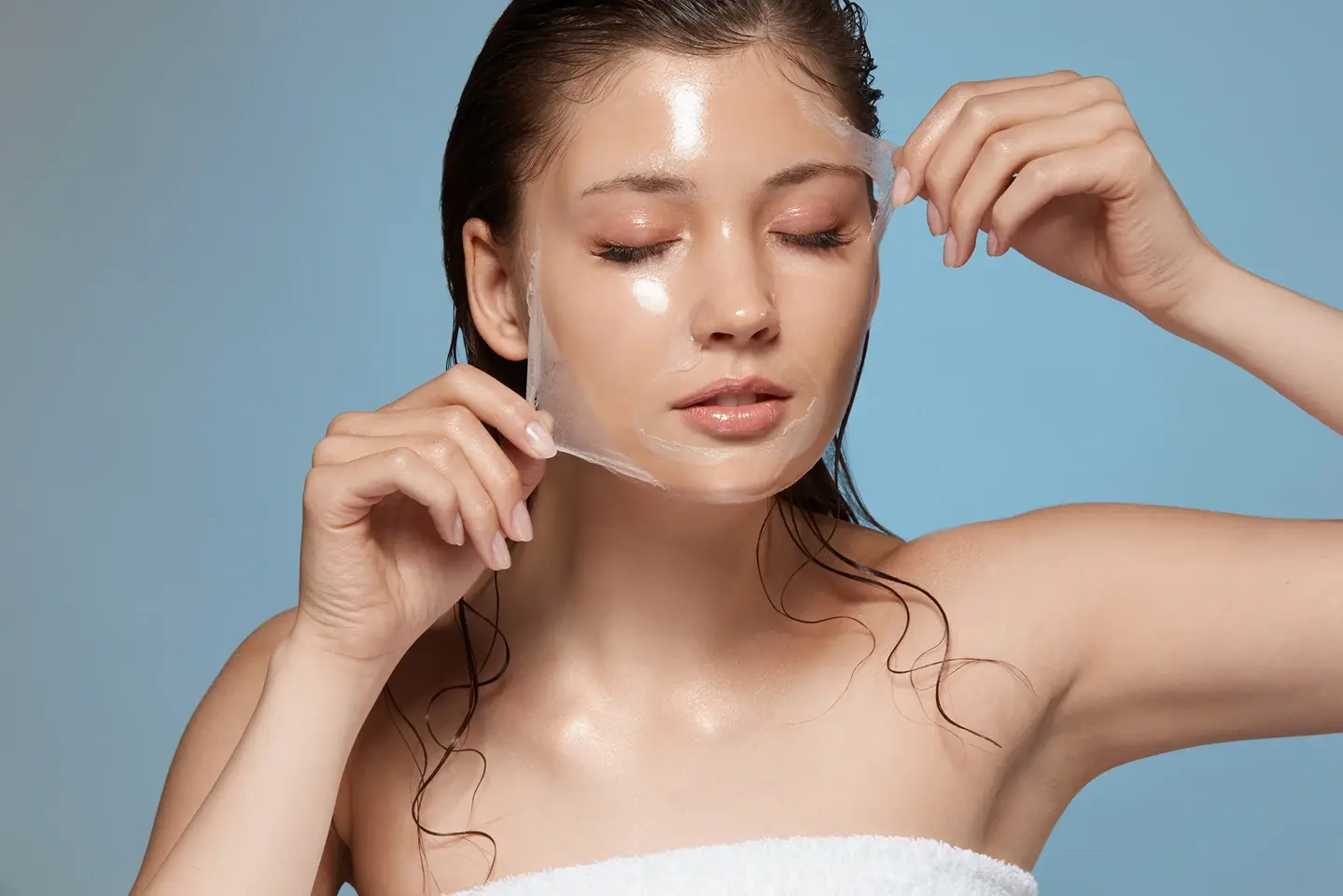What to Expect and How to Care for Your Skin
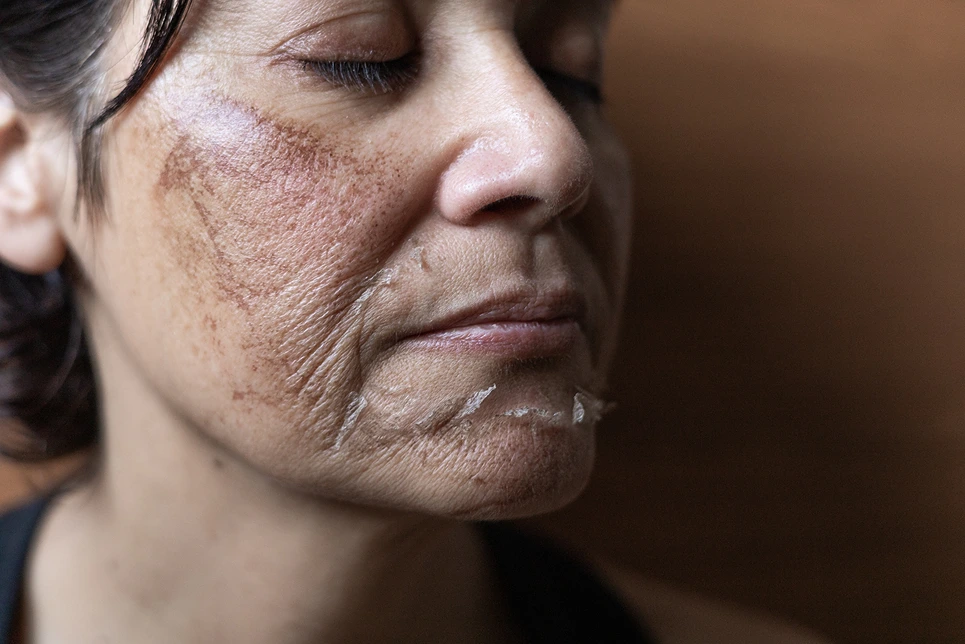
Chemical peel side effects can include redness, peeling, and sensitivity for a few weeks after the treatment. Following your doctor’s instructions for skin care will help minimize these temporary effects and lead to improved skin in the end.
Beautiful, youthful skin is within reach. Chemical peels promise radiant skin by removing dull, damaged outer layers to uncover fresh skin underneath. But these resurfacing treatments involve a complex process.
If you’re considering a chemical peel, it’s important to understand what the experience fully entails. This article provides an in-depth look at the procedure, side effects, and recovery.
What are Chemical Peels?
Chemical peels involve applying a chemical solution to the skin, which causes a controlled injury to the skin’s upper layers. This triggers the skin to shed its damaged surface layers and reveal newer, smoother and less pigmented skin underneath.
There are three main types of chemical peels based on their strength and depth of exfoliation:
- Superficial peels: Also known as light peels, they act only on the epidermis or outermost layer of the skin. Alpha hydroxy acids (AHA) like glycolic acid are usually used.
- Medium peels: Reach the epidermis and parts of the dermis or middle layer of the skin. Trichloroacetic acid (TCA) is commonly used.
- Deep peels: Penetrate deepest into the dermis. Phenol is the standard chemical used.
The depth of the chemical peel determines the intensity of the side effects. Deeper peels may lead to increased redness, peeling, discomfort and recovery time but give more dramatic results. Superficial peels, on the other hand, have minimal side effects but provide more subtle improvements in skin texture and tone.
Discover how chemical peels can transform your skin by booking a free consultation with our experts at CosMedic LaserMD today
Common Side Effects of Chemical Peels
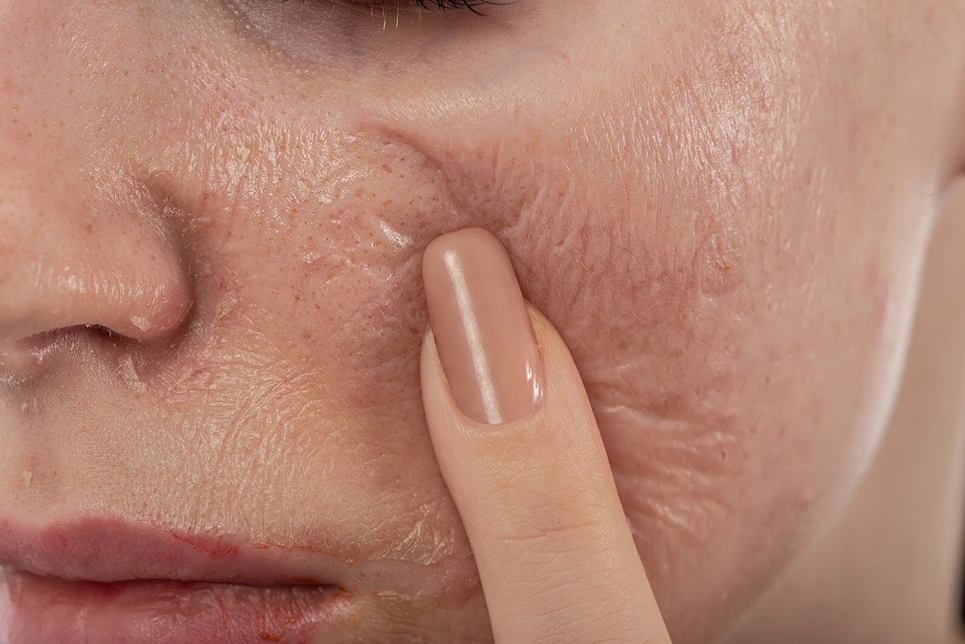
While chemical peels rejuvenate the skin, patients may experience some undesirable effects in the process. Potential side effects include:
Peeling
Peeling of the skin is an expected effect of chemical peels. It occurs as the damaged outer layers shed off to reveal the newer skin underneath. The extent of peeling depends on the type and depth of the peel. Superficial peels lead to minimal flaking while medium and deep peels cause more noticeable shedding and peeling that can last up to a week.
To help the peeling process:
- Gently wash the treated skin with a mild cleanser. Avoid scrubbing.
- Apply a hydrating moisturizer several times a day.
- Do not pick at peeling skin as it can cause scarring. Allow it to naturally flake off.
Redness and Inflammation
It is common to experience varying degrees of redness and inflammation after a chemical peel. The treated skin may look sunburned. Swelling around the eyes can also occur. This is an expected inflammatory response to the chemical solution. The redness is usually more apparent with deeper peels.
To minimize irritation:
- Use cool compresses to soothe the skin.
- Avoid direct sunlight exposure which can worsen irritation.
- Apply an over-the-counter hydrocortisone cream to reduce inflammation.
- Take an anti-inflammatory medication like ibuprofen if recommended by your doctor.
Dryness and Flaking
Chemical peels remove the outer layers of the skin, causing it to feel tight, dry and flaky after the procedure. The skin may look darker and start peeling within a few days. Dryness and flaking can persist for up to two weeks depending on the type of peel.
To counter dryness:
- Cleanse skin gently using lukewarm water. Avoid harsh cleansers.
- Apply a thick, fragrance-free moisturizer frequently throughout the day. Ointments and petroleum-based moisturizers are ideal.
- Drink plenty of water and eat fruits/veggies to hydrate the skin from within.
- Use a humidifier if environmental conditions are very dry.
Skin Sensitivity
Chemical peels compromise the skin’s protective outer layer, causing it to become more sensitive temporarily. Even minor irritants can trigger discomfort and stinging. Skin will usually feel sensitive for a few days after light peels and up to 3-4 weeks after deeper peels.
To prevent sensitivity and discomfort:
- Avoid wearing makeup or using other cosmetic products until skin heals completely.
- Use only gentle, fragrance-free cleansers and moisturizers formulated for sensitive skin.
- Do not scrub or use exfoliants while the skin is sensitive.
- Rinse skin with cool water instead of hot water.
- Wear sunscreen with a high SPF whenever outdoors.
Scarring
Scarring is an uncommon but potential risk of chemical peels, especially medium and deep peels. Picking at peeling skin can lead to scarring and infection. Patients with a history of cold sores may experience flare-ups and scarring after a peel.
To minimize chances of scarring:
- Strictly follow your doctor’s post-procedure instructions on skin care.
- Allow peeling skin to come off naturally without pulling or scratching.
- Take prescribed antiviral medication if you are prone to cold sores.
- See your doctor immediately if you notice signs of infection like oozing from the treated area.
Get peace of mind knowing CosMedic LaserMD will provide guidance and solutions to minimize common side effects throughout your customized chemical peel treatment plan. Contact us today
How to Take Care of your Skin After Chemical Peels
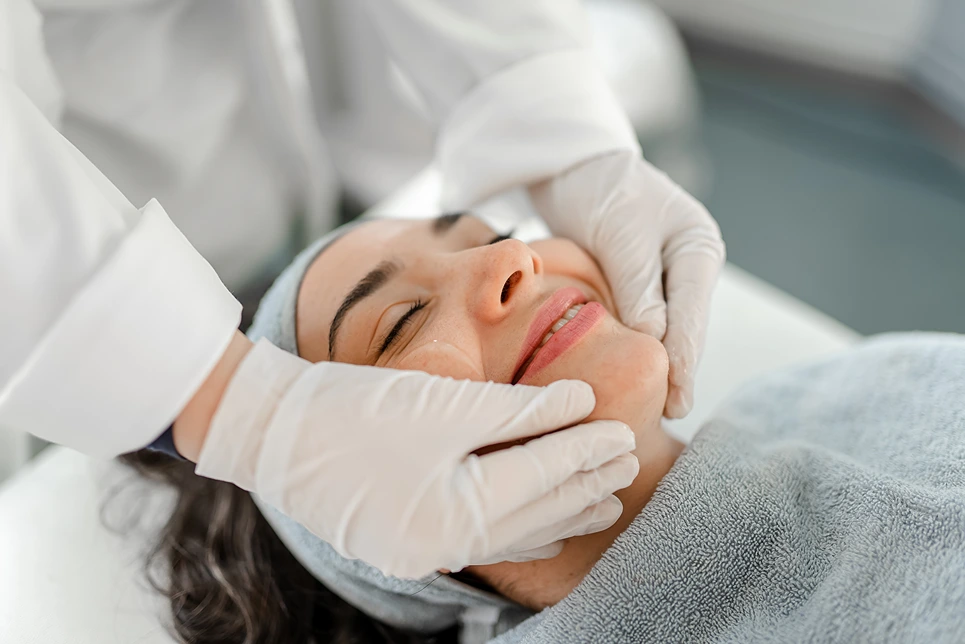
Proper post-procedure care is vital to heal quickly from a chemical peel while minimizing side effects. Follow these tips for optimal recovery:
1. Sun Protection
It is extremely important to shield freshly peeled skin from the sun to prevent irritation, hyperpigmentation and even scarring. Avoid direct sun exposure and tanning beds for at least 2 weeks post-treatment. Apply a broad-spectrum sunscreen with SPF 30 or higher whenever going outdoors. Wear wide-brimmed hats and sunglasses as additional protection.
2. Moisturizing
Frequently apply a bland, fragrance-free moisturizer like Cetaphil or Cerave to hydrate the treated area. For severely flaky skin, use an ointment-based moisturizer. Drink plenty of water and continue moisturizing even after peeling stops as skin will remain dry for a while. Avoid lotions with exfoliants, retinol or acids while skin heals.
3. Avoid Irritants
Do not use any products that can irritate the sensitive skin post-peel. Avoid cleansing with harsh soaps, toners, masks, scrubs or astringents. Do not apply makeup, perfume or aftershave for at least a week after the procedure or longer if skin remains irritated. Stay away from swimming pools and hot tubs which have chemicals that may cause discomfort.
4. Seek Medical Attention
Consult your dermatologist immediately if you experience signs of infection like oozing, pus, expanding redness or fever after a chemical peel. Also contact your doctor if irritation, swelling and redness persist beyond the expected healing time. Scarring and pigmentation changes may require medical intervention to correct.
Follow our medically-supervised aftercare program at CosMedic LaserMD to properly heal your skin and achieve glowing results from your chemical peel. Consult with our expert today
The Takeaway
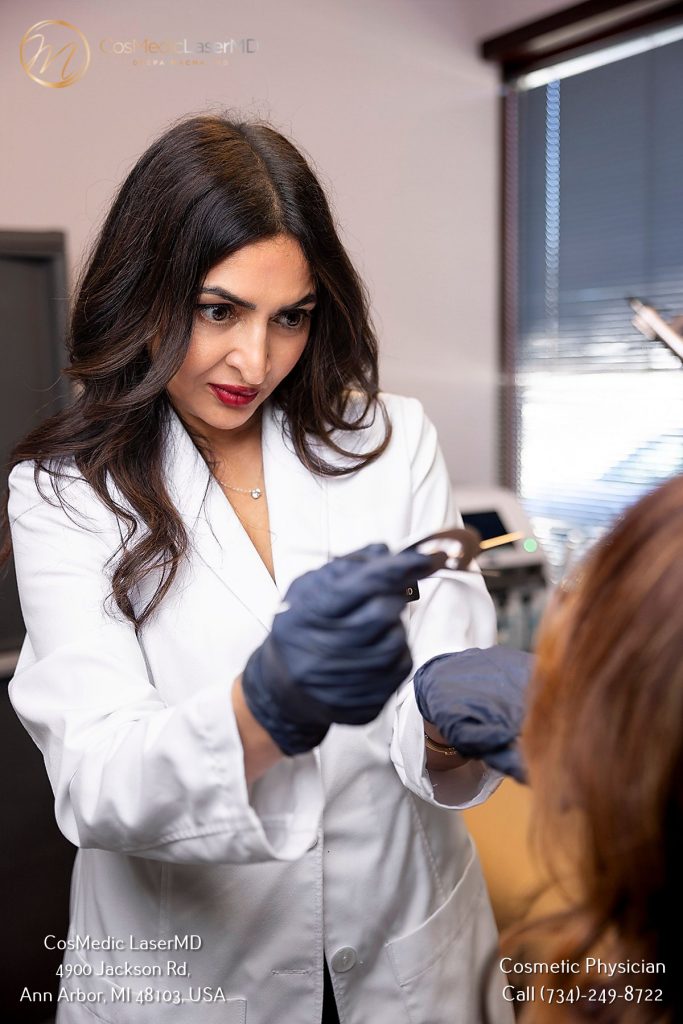
Chemical peels promote exfoliation to reveal smoother and brighter looking skin, but also involve a period of recovery time. Typical side effects include temporary peeling, redness, dryness and sensitivity based on the depth of peel.
Follow your doctor’s post-care instructions diligently and avoid sun exposure while skin heals. With appropriate care, chemical peels can dramatically improve your complexion with minimal side effects.
For those looking to rejuvenate their skin with a customized chemical peel treatment in a safe medical environment, consult with the experts at CosMedic LaserMD.
Schedule a consultation today to get started on your journey to healthy, glowing skin.

